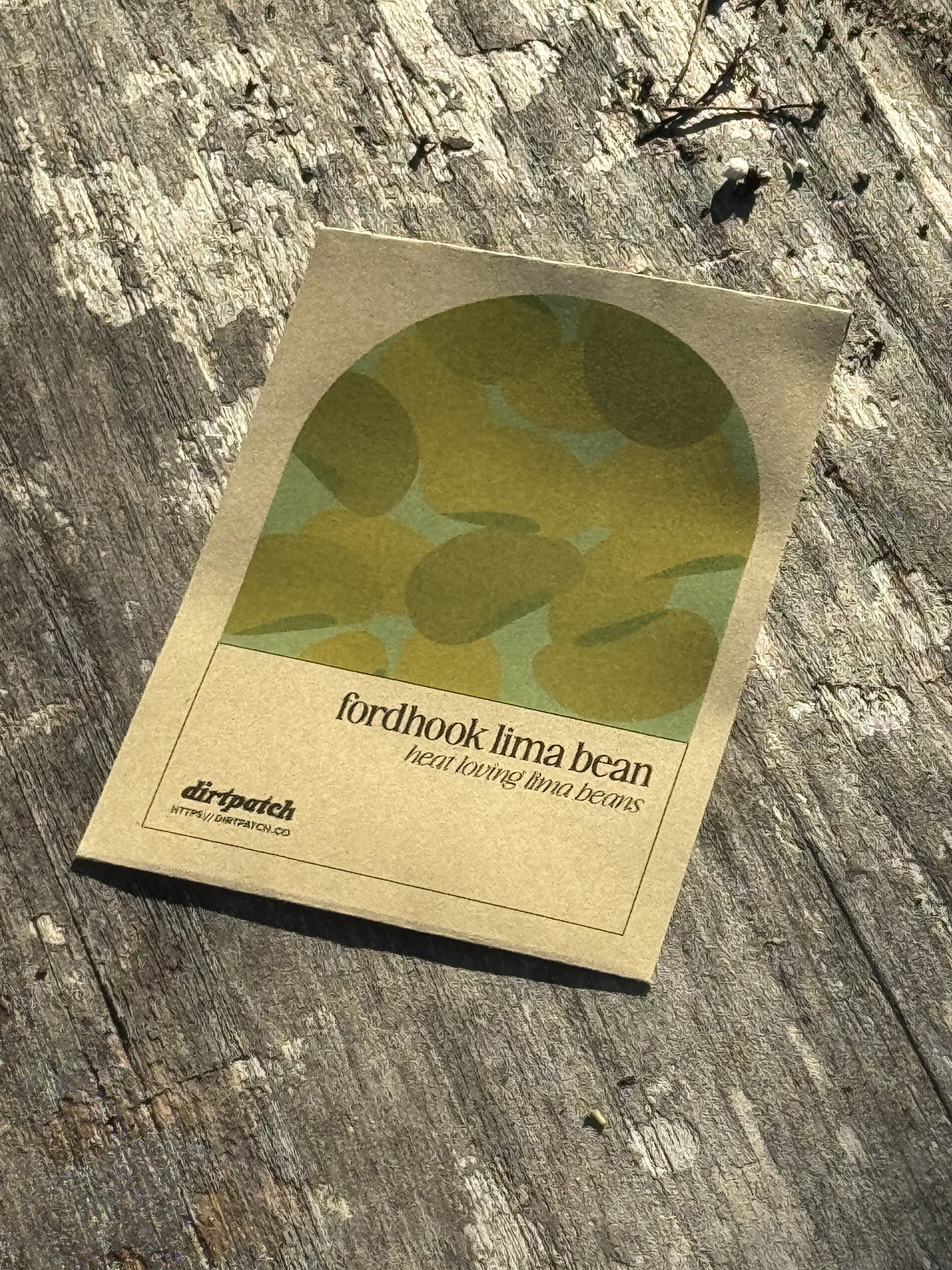Growing Instructions
Fordhook is a bush lima bean, so it grows in a self-supporting bush form rather than vining. It reaches about 2 feet tall with a similar spread. Plant seeds after the soil has thoroughly warmed (at least 75°-80° ambient temperature) as they are sensitive to cold and seeds may rot if planted too early. In most areas, late spring is ideal. Choose a sunny location with fertile, well-draining soil. Lima beans prefer a slightly acidic to neutral pH and benefit from added compost. Sow the seeds about 1 inch deep and 3-4 inches apart in rows 18-30 inches apart. Ensure good spacing for airflow to avoid fungal issues in humid areas like Florida. Water the seeds in well and keep soil moist until germination (about 1-2 weeks normally). Lima beans, like other legumes, fix their own nitrogen from the air, so they usually don’t need much fertilizer (too much nitrogen will give you lush plants with few beans). They do benefit from a side-dressing of compost or a balanced fertilizer when flowering begins to boost pod production.
Harvest, Storage, and Use
Fordhook lima beans will reach maturity about 60 to 70 days after planting. For fresh use (as green shell beans), pick when the pods are fully filled out and green by gently pulling or snipping them from the plant. Then shell the beans, which can be cooked immediately. You can simmer them in water or broth for about 20 minutes or until tender, or they are also delicious tossed with a bit of butter, salt, and pepper as a side dish.
If you want to dry the beans for storage, leave the pods on the plant until they turn tannish-brown and the beans rattle inside. If rainy weather threatens, you can pull the whole plants and hang them upside down in a dry place to let the pods finish drying. Once fully dry, shell the beans and store them in airtight jars.
| 👍 Good companions | Corn (benefits from bean vines and nitrogen), squash (providing shade), marigolds, nasturtiums, rosemary, catnip and summer savory (repel pests), radishes (improve soil for beans), cucumbers and eggplants (grow well alongside beans) | ||
| 👎 Bad companions | Fennel, gladiolus, and alliums such as garlic, onions, chives, leeks, and shallots (inhibit growth), peppers (can harbor pests) | ||
| Growing zones | 3-11 | Crop type | Annual |
| Crop difficulty | Mid | Seed type | Open-Pollinated |
| Sowing method | Direct Sow | Containers? | Large / Bed |
| Sun req. | Full Sun | Ideal soil temp. | 75-90°F |
| Days to germination | 7-14 days | Days to maturity | 60-70 days |
| Seed spacing | 3" | Row spacing | 18"-36" |
| Seed depth | 1" | Needs support? | No |

